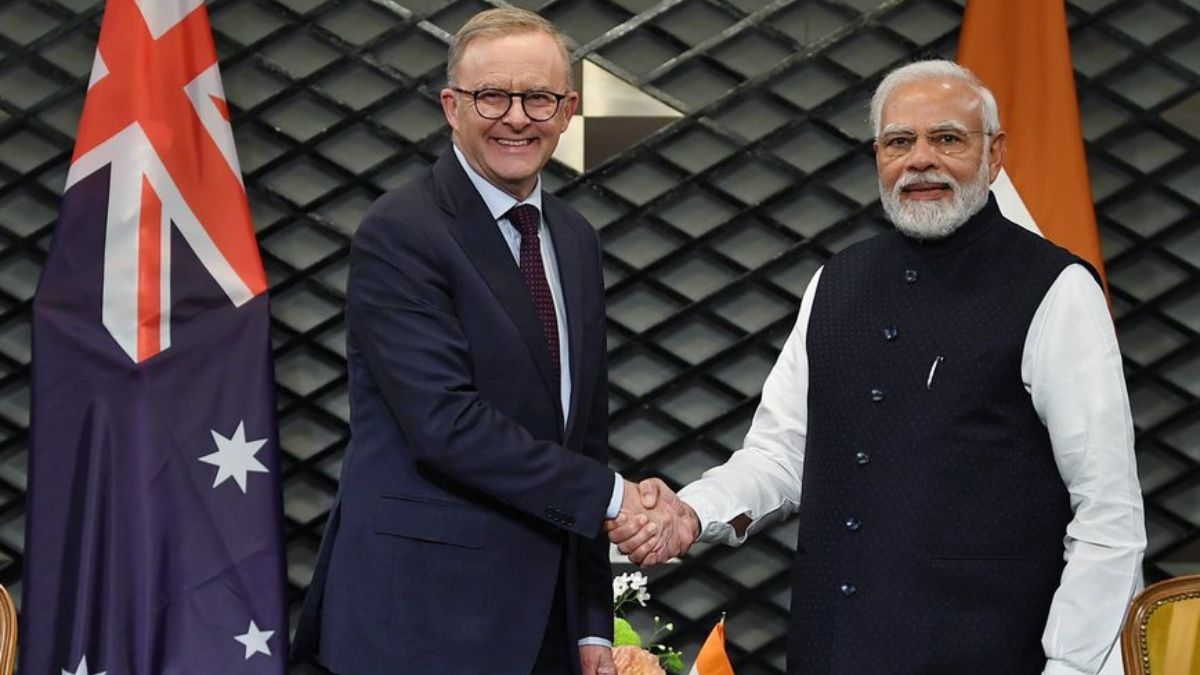University of Sydney attacks ‘misleading’ figures as hundreds of sector jobs go

- by Admin
- November 3, 2024

A spokesman for the Education Department said the figures published by the Senate were based on the most recent data it had access to.
“The department clearly acknowledged in the document provided to the Senate that these were preliminary estimates only, and final 2024 figures for new overseas student commencements would only be known in 2025,” he said.
“The estimates included in the documents tabled in the Senate were based on data to June 2024 for the University of Sydney and all other public universities. This data has not formed part of the methodology used to calculate University of Sydney’s indicative [cap].”
The University of Sydney has the largest number of foreign students of any institution in the country – almost 50 per cent of its total cohort.
Scott has previously said the university senate had determined that its proportion of foreign students should not exceed 50 per cent.
Jobs slashed as crackdown bites
Universities have signalled hundreds of job cuts over the past month, driven in part by the proposed international student cap and visa settings already in place.
Last month, the Australian National University announced more than 130 job losses, while its vice chancellor, Genevieve Bell, urged staff to forgo an agreed 2.5 per cent pay rise to help stave off hundreds more job cuts. She said the university needed to reduce costs by $250 million over the next 15 months.
Two weeks ago, the University of Canberra’s interim vice chancellor, Stephen Parker, announced a plan to scrap 200 roles. Meanwhile, the University of Wollongong has signalled job cuts to make up for a $35 million funding shortfall this year and a further reduction next year due to international student caps.
The National Tertiary Education Union says Macquarie University is slashing hundreds of casual positions in its arts department, while the University of Sydney, which has told staff it faces hundreds of millions of dollars in lost revenue due to the proposed caps, has put in place a hiring freeze.
Universities Australia chief executive Luke Sheehy said the government’s current visa settings, which have resulted in 60,000 fewer visas granted, even before caps are imposed, were leading to budget deficits and job losses.
“Universities, not by choice but out of necessity, are now taking cost-saving measures to offset the revenue loss from fewer reduced international students,” Sheehy said.
Visa settings introduced last year to drive down migration, which will remain in place until the caps legislation passes parliament, prioritise students based on a risk rating of their citizenship and their chosen university.
It means large metropolitan universities that attract mainly Chinese students have had the fewest problems recruiting students.
Loading
Universities that mainly attract students from countries such as India, Nepal and Pakistan – whom the government categorises as a higher risk of being non-genuine students – have struggled to get visas for students and, as a result, lost enrolments.
Education Minister Jason Clare said the caps would even the playing field and allow smaller and regional universities to have a greater share of foreign students.
However, Regional Universities Network chief executive Alec Webb has voiced concerns that the caps would perpetually disadvantage regional universities.
The Latest News
-
November 24, 2024A superstar is born: Young gun plunders century as Australia’s misery continues
-
November 24, 2024Smylie makes pace in Aust PGA shootout with Smith
-
November 24, 2024Yashasvi Jaiswal’s maiden century Down Under puts Australia under the pump | Cricket News – Times of India
-
November 24, 2024$4 million up for grabs as Thitikul, Yin battle for season-finale title – Australian Golf Digest
-
November 24, 2024The 10 players with the most to gain—and lose—on a wild Sunday at the RSM Classic – Australian Golf Digest



